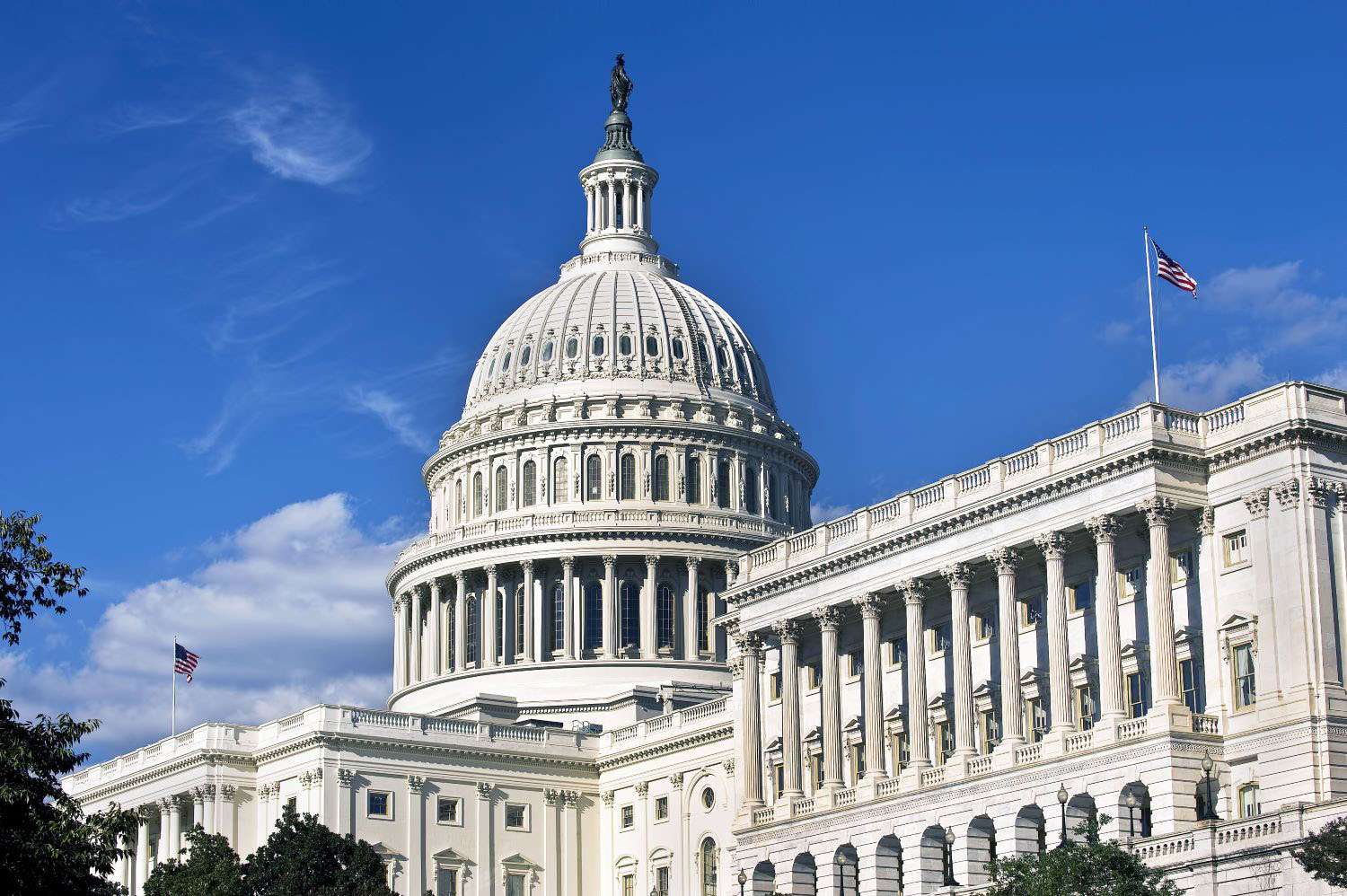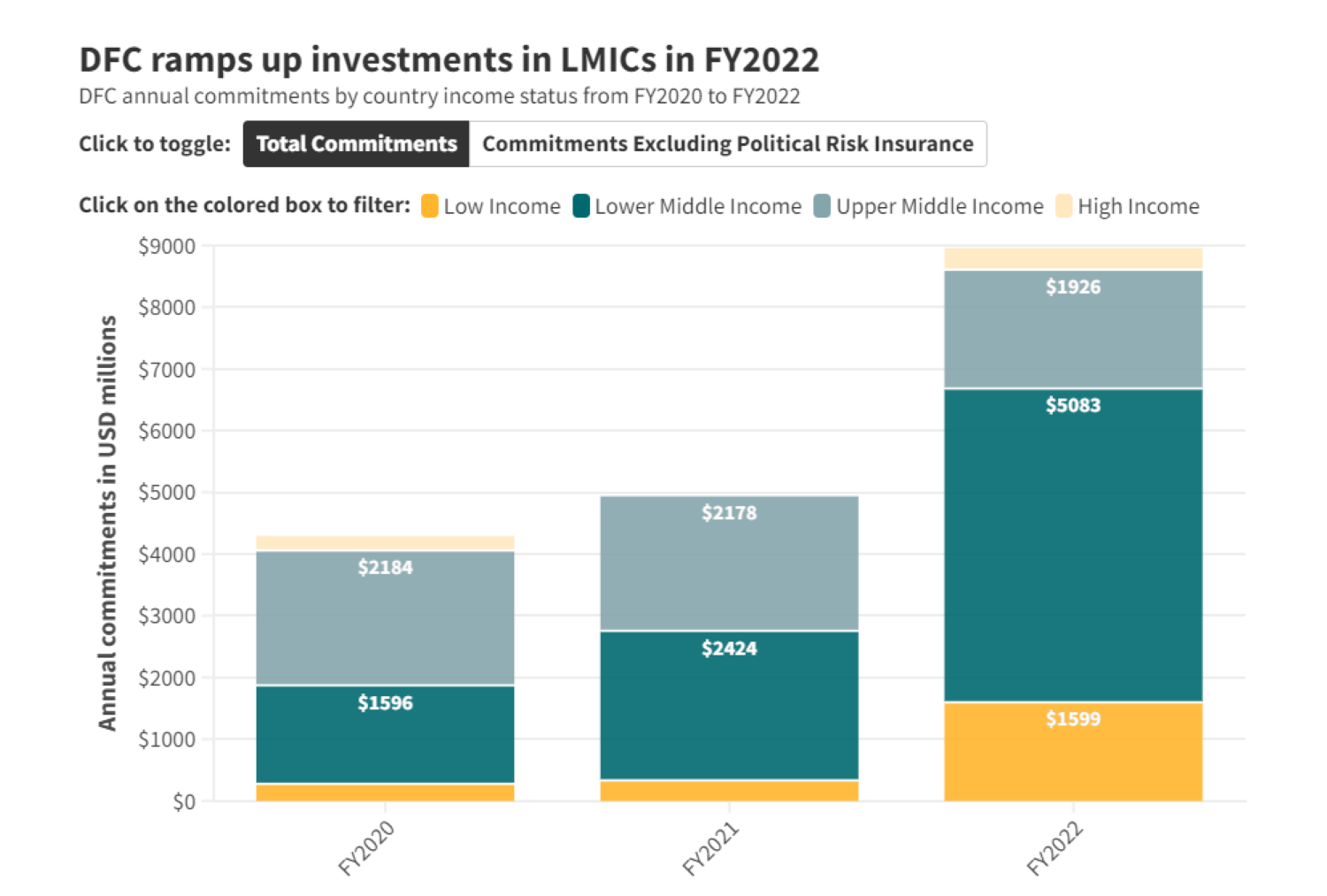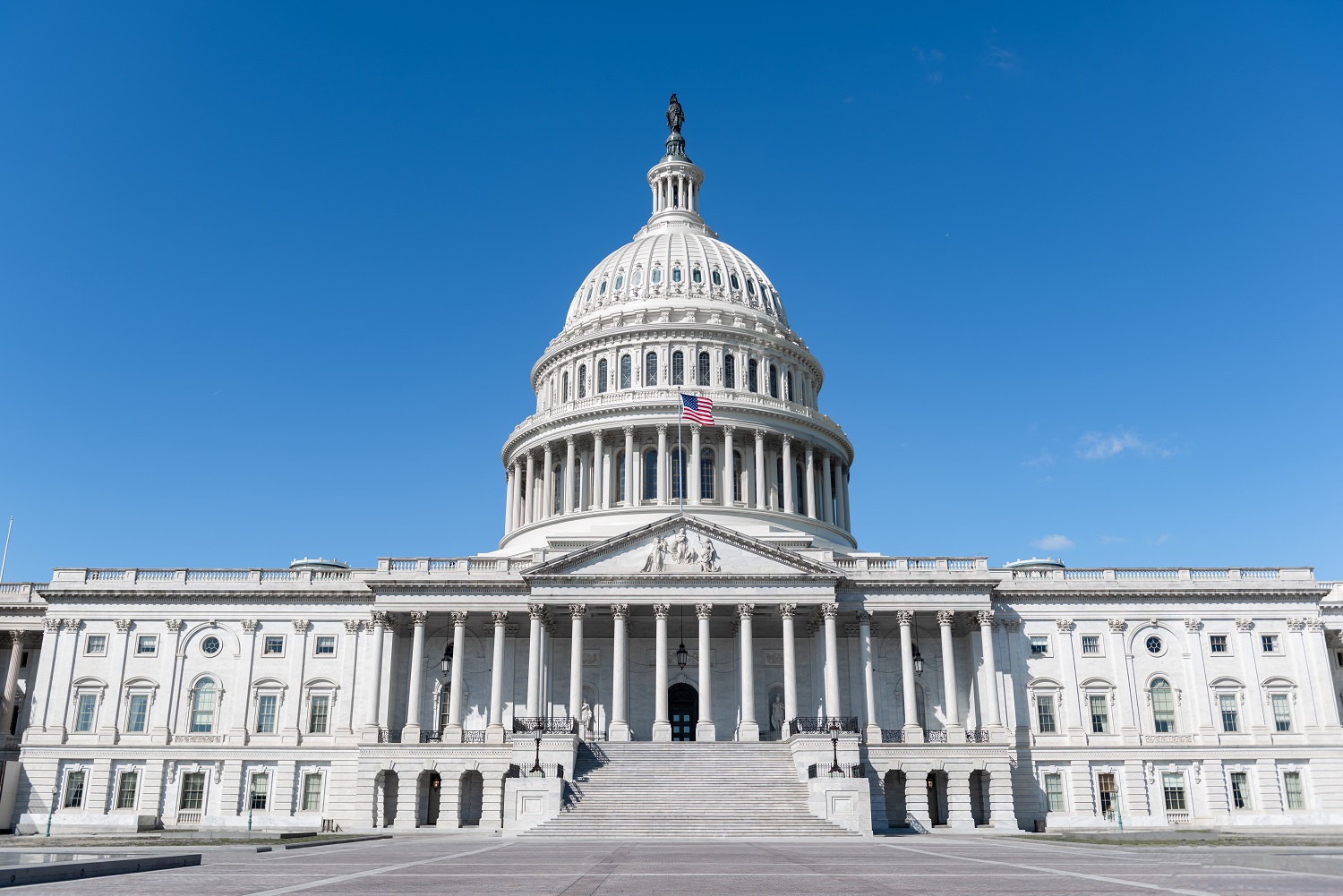By
December 12, 2012
This is a joint post with Ben Leo, former CGD research fellow and now Policy Director at ONE.The Overseas Private Investment Corporation is the best US development agency you’ve probably never heard of. Known as OPIC, it’s often mistakenly confused with the oil cartel. But if you care about promoting economic opportunity around the world, then OPIC should be on your radar. And with a few changes, the Government could make OPIC a whole lot more impactful.Launched in 1971, OPIC leverages public money to create market opportunities and crowd-in private capital by providing insurance, loans, and seed capital for new private equity funds. Over four decades, OPIC has helped to generate nearly $200 billion in new investment, enabling US investors to enter new markets and building a private sector in support of US policy objectives. The bonus of OPIC is not only that it works, but that it comes at no cost to US taxpayers. In fact, for 34 years in a row, OPIC has generated profits and contributed funds into the US Treasury (the FY2012 budget expects a $188 million contribution).OPIC’s profitability and flexibility often make it the go-to agency for quick deliverables, such as when the White House has to make a sudden commitment or the USG needs to provide a jolt in a tough region. (Uh-oh, do you need a big global commitment on Renewables? Women entrepreneurs in Turkey? Solar panels for South Africa? Small business in Egypt? Who you gonna call? OPIC.)Despite these positives, OPIC is held back from meeting its potential by the many constraints placed on it by both the Administration and Congress. If we wanted to make OPIC even better and more supportive of US interests around the world, here are (in roughly increasing order of difficulty) seven ways:
- Allow OPIC to Invest in Itself. A major constraint is not money but people. (OPIC has less than 200 employees.) If a small portion of the agency’s own profits could be reinvested into a slightly larger staff, such as allowing a handful of overseas placements, the portfolio could be grown substantially. Given OPIC’s historic returns, this would easily pay for itself.
- Permit OPIC a Modest Grant Window. Either through retained profits or by transferring some existing related facilities from USAID, OPIC could utilize soft money to provide technical assistance or to help prepare projects in some of the poorest or post-conflict countries
- Multiyear Reauthorization. Since 2007, OPIC has been authorized only one year at a time (or operating via continuing resolution). This creates unnecessary uncertainty and, more worryingly, discourages OPIC’s private sector partners from entering into long-term deals. (Dan Runde of CSIS makes a similar case here. Senator Kerry and Congressmen Manzullo and Meeks have introduced bills to authorize OPIC through 2015.) A five-year reauthorization would be a big help.
- Equity Authority. OPIC currently can only issue debt, even when it catalyzes a new private equity fund. Equity authority is the norm for other similar agencies (such as the World Bank’s IFC or France’s Proparco or the Netherlands’ FMO) and the rule excludes OPIC from potential transactions and limits its flexibility to structure deals in the most efficient manner.
- Adjust the Greenhouse Gas Emissions Cap to be Pro-Poor. As Todd argued before, the blanket greenhouse gas cap on OPIC’s portfolio, regardless of whether a project would help bring power to poor people or even reduce net emissions, is strategically counterproductive and ethically dubious. An exemption from the cap for projects in very poor and non-emitting countries (Todd proposes a threshold of 5% of US levels) is a simple practical fix that would be helpful without harming global emissions goals.
- Keep OPIC out of the Commerce Department. In the 2011 State of the Union, President Obama announced he would reorganize and consolidate export promotion agencies. One (bad) idea was to fold everything, including OPIC, into a Super-Commerce Department. This would not only squash OPIC’s existing flexibility, but also confuses its mandate (read Ben’s explanation of why development and exports are not the same).
- Grow OPIC into a Full-Service U.S. Development Bank. The dream version of OPIC would be to grab various bureaus and programs that promote the private sector abroad now spread across the federal government and bring them together under one roof. We previously proposed a U.S. Development Bank, built around OPIC’s budget and current authorities. This obviously would require a major political lift and for the White House to work closely with Congress to overcome the inevitable bureaucratic fight.
Disclaimer
CGD blog posts reflect the views of the authors, drawing on prior research and experience in their areas of expertise. CGD is a nonpartisan, independent organization and does not take institutional positions.





